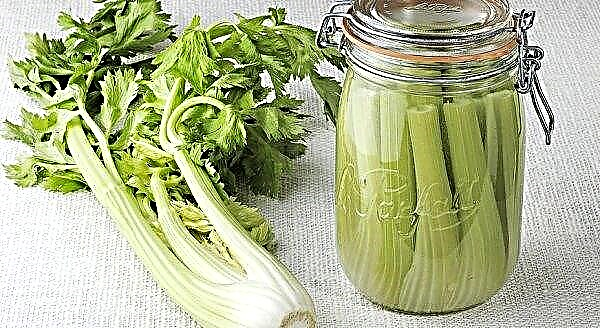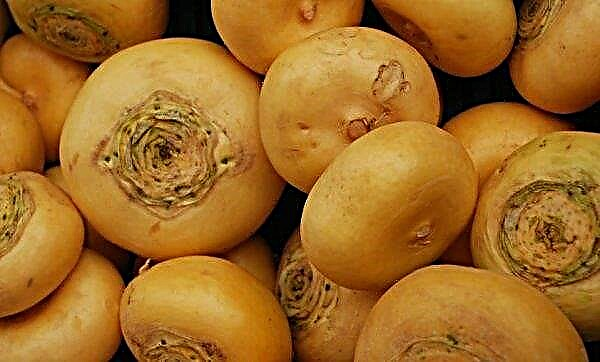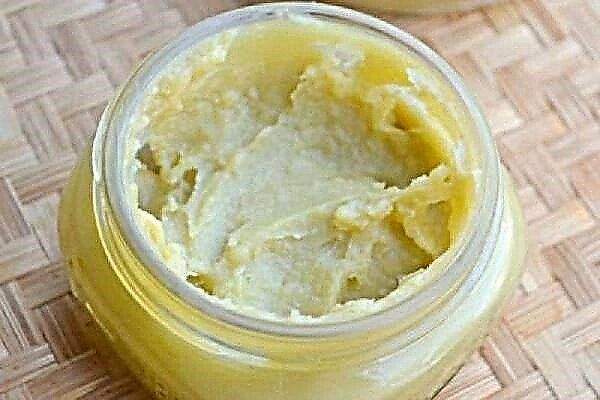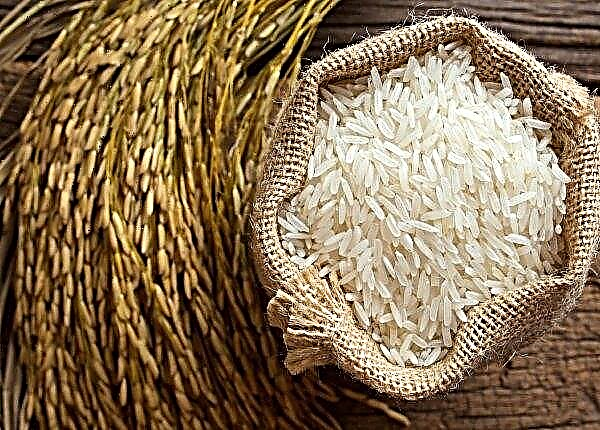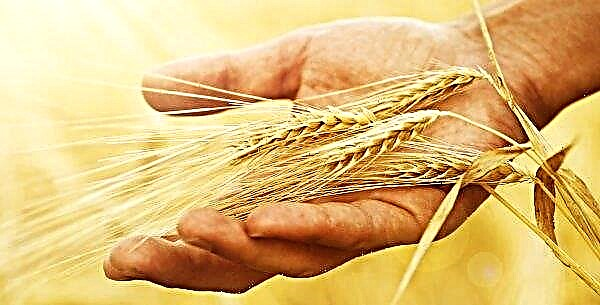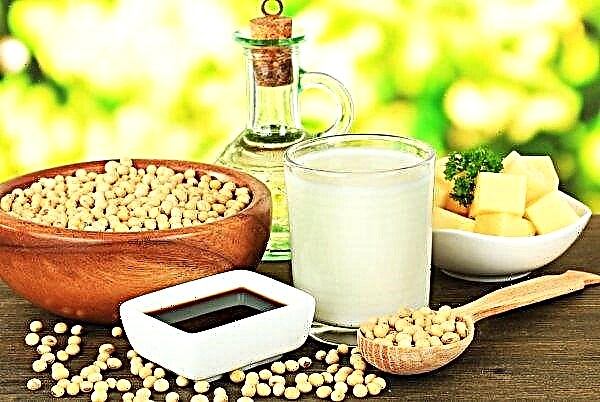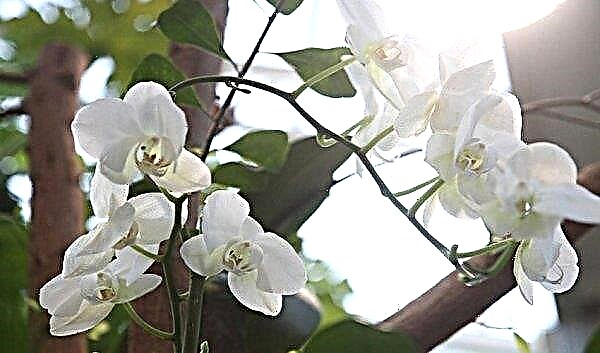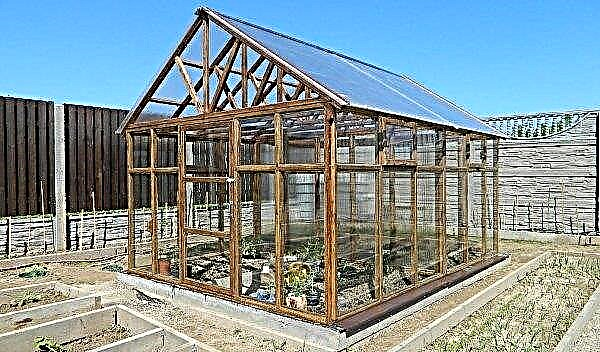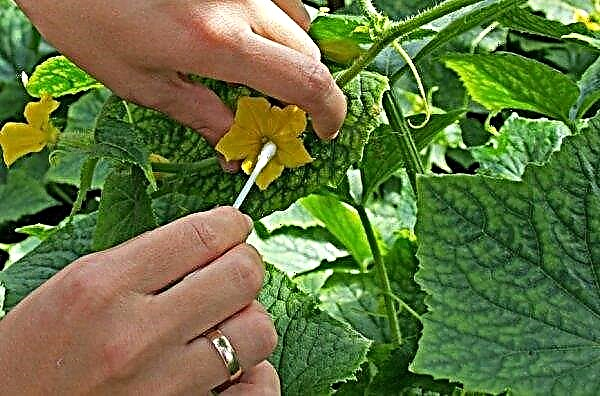Turnip is a root crop that is actively used for dietary and medicinal purposes. Its advantages are a composition rich in vitamins, as well as unpretentiousness in care. Consider how to sow turnip seeds in accordance with all the rules, how to care for seedlings, and also how to properly harvest and store it.
Optimal turnip planting dates
The optimal time for planting turnips is determined by the following three factors.
The first is formed in this way:
- In the spring seeds are planted for an early harvest. Optimal time is April – May. It is recommended to sow salad varieties, the vegetation period of which is 35-50 days.
- In summer seeds are immersed in the ground to obtain fruit for further storage. Planting is recommended from late June to early July. Mid-season or late varieties are chosen.
- Fall spend winter planting for an early harvest. Landing in September – October.
Did you know? Despite the fact that the birthplace of turnip is West Asia, until the XVIII century. she was the main vegetable in the diet of Russian people.
The second factor depends on the variety, which is selected depending on the destination and climate. For consumption in the summer, take early varieties, for storage - all the rest.
The third factor depends on the region. In a temperate climate, planting can be carried out starting in late April. In the south, it is better to choose the middle of spring. In the northern regions carry out similar work in the summer. It is possible to fully help the formation of root crops and to improve the taste of the crop only under favorable conditions.

Selection of seeds for planting
Most often, the choice is based on personal taste preferences.
The following grades are most noteworthy:
Early (ripening period - 40–55 days):
- Geisha;
- Glasha;
- Snowball
- Petrovskaya;
- White ball;
- Comet.

Later (ripening period - 85–90 days):
- Orbit;
- Green Top White;
- Nurse.
Important! When choosing a variety for personal use, choose varieties with medium and late ripening. They contain more amino acids and sugars: this not only improves the taste of dishes, but also allows you to store the crop longer.
Preparation of planting material and soil
Before immersion in the ground, it is recommended to prepare the seeds. This will not only improve their germination ability, but also relieve possible infections.
To do this, recommend:
- use a biostimulant solution for soaking;
- keep seeds in the infusion of ash for 6 hours;
- put the seeds in a closed jar in a container with hot water.

The soil also needs preparation. A good crop can only be obtained in the right soil. Sowing requires light, drained soil with a neutral reaction.
She needs the following preparation:
- Manure is introduced only in the fall. If you do this before sowing the seeds, the root crops will be crooked or branched. The substances accumulated in the pulp make them unsuitable for storage.
- In the spring, the earth is dug up and only mineral fertilizers are applied (nitrofosk, azofosk) at the rate of 100 g per 1 m².
- It is recommended to grow turnips where solanaceous, legumes, carrots, onions or cucumbers grew before.
- When spring planting, it is recommended to warm the garden for 2 weeks by covering it with agrofibre or plastic film.
Did you know? People used to be so dependent on this root crop that the chroniclers of Ancient Rus described crop failures in the 11th – 13th centuries.like misfortune of universal scale.
Turnip landing
To obtain uniform germination of planting material when planting in open ground, certain rules must be observed:
- For ease of sowing, the seeds are mixed with clean sand.
- Furrows up to 2 cm deep are made on the bed.
- Watering is carried out with warm water and dusted with wood ash.
- Furrows are sown as evenly as possible.
- Sprinkle with earth on top.
It is possible to carry out landing by the nesting method. In each hole, prepared as a furrow, 3 seeds are placed. After emergence, the strongest plant is left.
Care for young plants
Care for the emerged sprouts is to:
- watering;
- weeding weeds;
- loosening the soil;
- mulching.
Watering
A full crop can be obtained only with a sufficient level of moisture. Watering is carried out 2-3 times a week. They do this with a watering can with a fine sieve: this will not allow the stream to harm small sprouts. In large areas use a hose with a diffuser. For every 1 m² 30 l of water is used. Only such an amount will allow the fruits not to become bitter, dry out or crack.
Did you know? The people have an expression: “It's easier than a steamed turnip”, which means a case that does not require special efforts. This expression came from the XVIII century, when turnips were the main dish of the peasants and was prepared very simply: put the pot with turnips in the oven, where it was steamed and turned into a soft and sweet dish.
Fertilizer application
Fertile soil does not require many additional fertilizers. It is enough to add slurry and boric acid (0.1%), and in addition you can use ash, which is added to the ground during irrigation.
Pest and Disease Control
Turnip is subject to the same diseases as other cruciferous ones:
- White rot - a fungus leading to discoloration of the root crop and its watery structure. Treatment is carried out with the help of “Hom”, “Ordan” preparations and Bordeaux mixture.
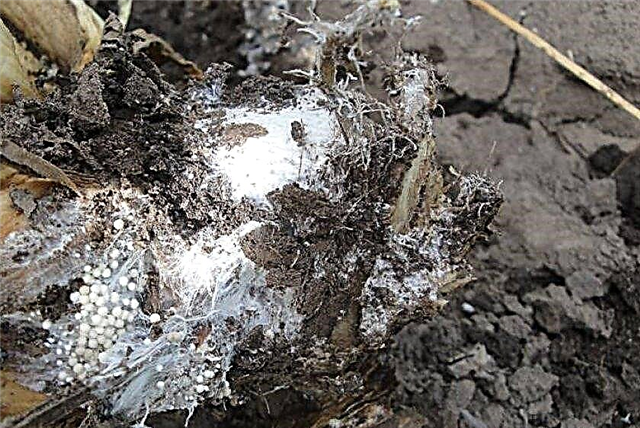
- Mosaic - a viral disease, manifested in curly leaves, dwarfism and chlorosis. Affected plants are removed and burned.
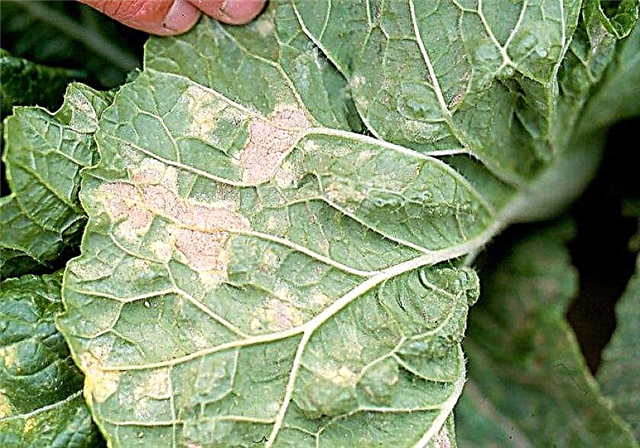
- Powdery mildew - affects leaves, stems and petioles. It is important to use crop rotation, not to overmoisten the soil and to use copper-containing preparations for spraying foliage.
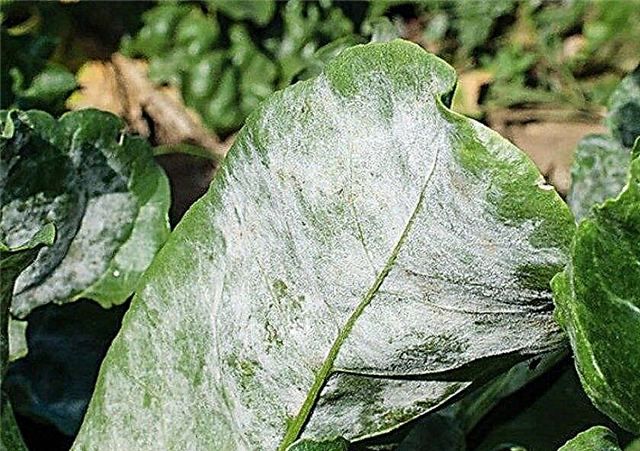
On turnip leaves you can find such insect pests:
- Cruciferous fleas. To combat them, kalbofos is used in an amount of 60 g per 10 liters of water. A similar treatment is carried out 2 times during the growing season. Alternatively, they spray tobacco dust with ash.
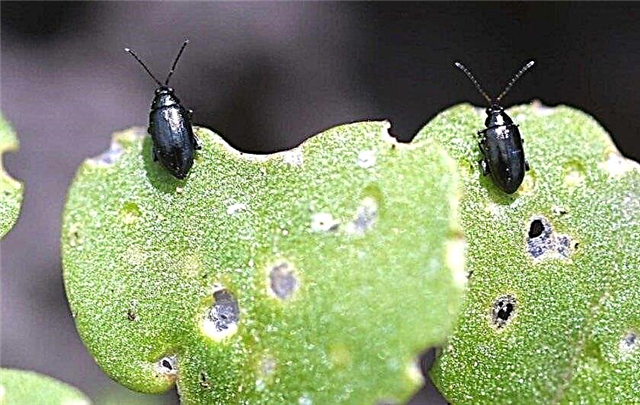
- Cabbage Moth. The fight against this pest is carried out using the drug "Dendrobacillin" at the rate of 25 g per 10 liters of water. Processing is carried out twice per season.

- Cabbage scoop. In the fight against this pest, plants are sprayed with "Entobacterin" or "Trichloromethaphos-3".
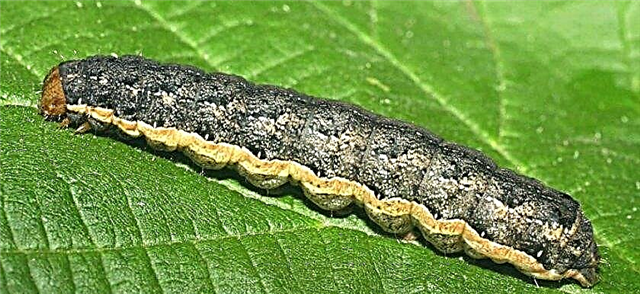
Harvest Features
Growing turnips in compliance with all rules will allow you to get up to 4 kg from 1 m² of planting. Harvest time is directly dependent on planting. Depending on the variety, it begins 6-12 weeks after sowing. The optimal size for subsequent use is a fruit diameter of 7 cm. Depending on the purpose, it is possible to collect smaller root crops, whose diameter is 5 cm. Harvesting is not difficult, root crops are pulled out of the ground without any problems. In order to keep the crop longer, during harvesting, you must try not to damage the skin of the fruit.
Only healthy fruits can be stored.Important! To avoid processing plants with chemicals, you must follow the rules of planting and caring for turnips.
Harvest turnips are prepared for storage as follows:
- cleaned from tops and the remains of the earth;
- dried in the fresh air;
- placed in a dry, dark place.
The best room for storage is a cool cellar.
In this case, the following conditions must be observed:
- Optimum temperature and humidity. The first indicator should be at + 5 ° C, and humidity should be 75%.
- The cellar is cleaned of dampness and mustiness by airing and drying the shelves, as well as processed from mold and parasites with lime.
- Shelves are covered with paper or straw.
- Fruits are placed so that they do not touch the walls and each other.
- The stems should look up.







